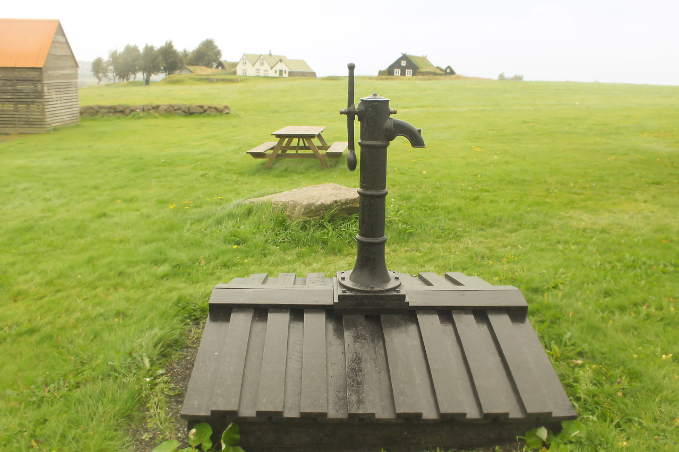5 Nature spots in Reykjavik, the capital´s green spaces.
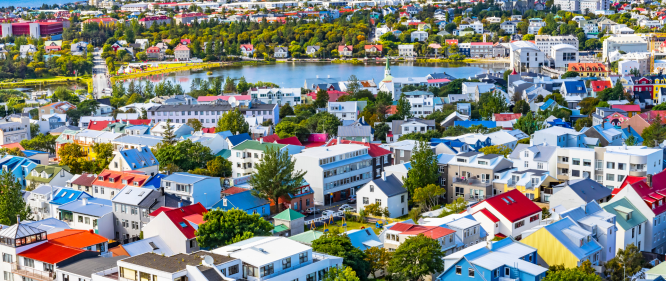
At Keflavík Airport, tourists are often asked to take part of a survey. One of the questions of this survey is why the chose to come to Iceland and about 80% of those who answered said that the nature was their main reason. Nature is something we have in abundance here in Iceland and our capital is no exception. We would like to invite you to take a look at 5 of these accessible nature spots in the country´s capital.
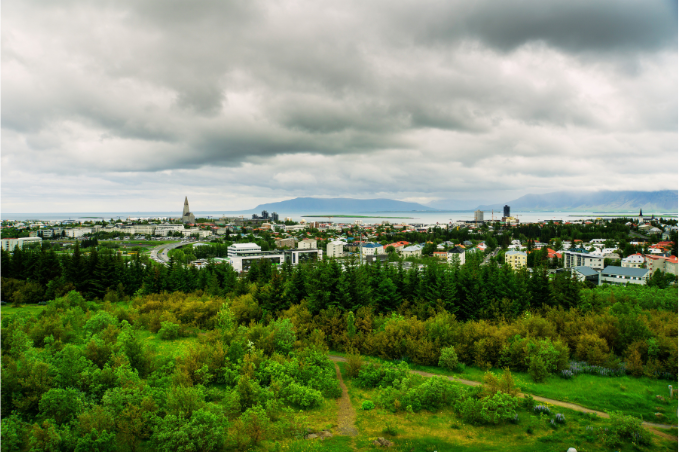
Klambratún
Located just stones throw away from Miðgarður by Center Hotels this public park is a popular area for city dwellers.The area that the park now stands in used to be farmland not so long ago.The park's name is derived from Klömbrum farm which used to stand in the area. Made into an official public park around 1964, At the northern boundary of Klambratún sits Kjarvalsstaðir, a stunning architectural marvel designed by Hannes Kr. Davíðsson. This location now serves as the Reykjavík Art Museum's exhibition space and cafe. Adjacent to Kjarvalsstaðir, a charming cobblestone square has emerged, encircled by benches, rendering it a versatile spot for various events. Aside from the conventional pathways, lawns and greenery, the park is also equipped withamenities such as a children´s playground, soccer field, basketball court, and a beach volleyball court. During the winter, Klambratún evolves into a hub for cross-country skiers, while local children revel in the snowy landscape, sleds in tow, descending the slope in the park´s northeast area.
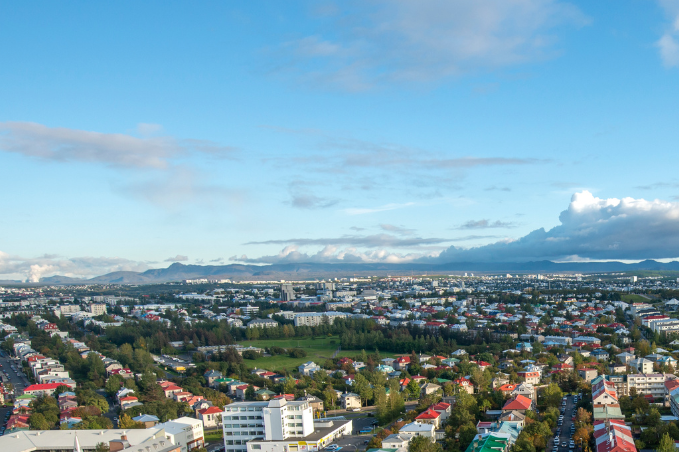
Tjörnin and Hljómskálagarður
Tjörnin, meaning "the pond," holds a special place in the hearts of Reykjavík's locals, alongside its immediate surroundings, including the octagonal gazebo Hljómskálagarður, Situated at the southern edge of the pond, Hljómskálagarður stands as one of Reykjavík's larger public parks. Its name is derived from the music hall (hljómskáli), constructed in 1923, which has long served as a practice ground and concert venue for brass bands in Reykjavík. Moreover, on the northern end of the pond, the prominent City Hall, inaugurated in 1992, stands as a notable architectural landmark. The history of Reykjavík's urban development traces back to the 18th century and even beyond as the first settlers were making use of the area already in the 8th and 9th centuries, with the northern tip of Tjörnin serving as its starting point. Since then, the pond has remained a central hub for Reykjavík's dwellers, creating a vibrant atmosphere for outdoor activities and recreational games. Notably, the presence of a large freshwater pond within the heart of a capital predominantly surrounded by the sea adds to the areas uniquness. The pond's rich biodiversity, particularly its diverse bird population, serves as a major attraction for city residents. Noteworthy efforts have been invested in nurturing the well-being of the birdlife, exemplified by the protection of the wetlands in Vatnsmýri, south of the pond. Notably, a collaborative initiative between the City of Reykjavík, the University of Iceland, and Norræna Húsið has led to the establishment of a bird sanctuary.
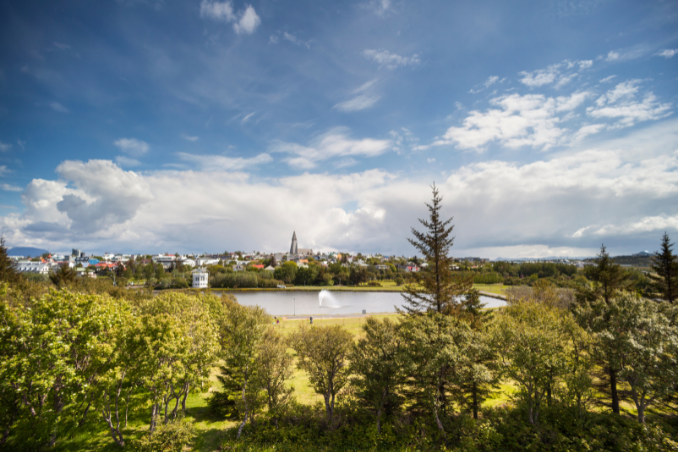
Öskjuhlíð
For over seventy years, Öskjuhlíð has stood as both a reforestation area and a cherished recreational retreat for locals. The standout feature of the area remains the iconic architecture of Perlan, gracefully perched atop the hill. Meandering throughout the area is a network of scenic walking trails that wind down from the hill, guiding visitors through the enchanting woodland to the nearby coastline.During your excursion, be sure to explore the captivating interactive nature museum housed within Perlan itself. Additionally, don't miss the opportunity to enjoy in the panoramic splendor offered by the building's 360-degree observation deck. Indulge in the awe-inspiring vista from the hill's summit, and if you're feeling adventurous why not join the sea swimmers in Nauthólsvík and take a dip in the invigorating Atlantic waters before unwinding in the inviting warmth of the nearby hot tubs.
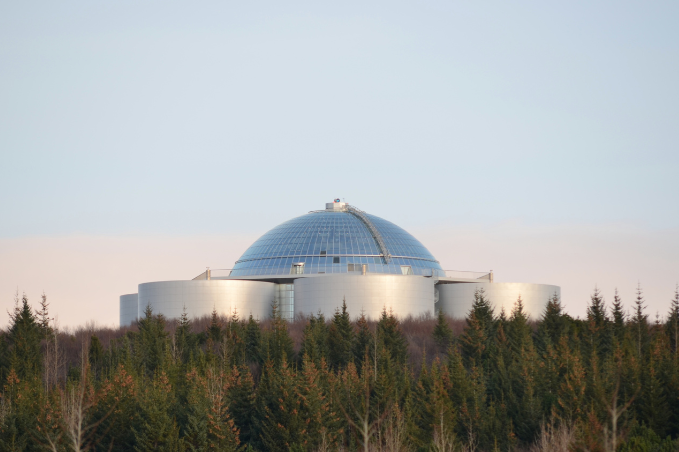
Seltjarnarnes og Grótta
Just a stone's throw away from downtown Reykjavík. Surrounded by the ocean, the Seltjarnarnes peninsula lures in locals and visitors alike with its walking and cycling paths, offering stunning vistas of the majestic mountains and the endless sea. Make sure to catch the captivating view of the capital area from the Grótta lighthouse. While you're there, don't miss the chance to spot some of the 110 bird species frequenting the Bakkatjörn pond. Explore the rich history at the Nesstofa Medical History Museum and the adjacent Pharmacy Museum, housed in one of Iceland's oldest stone buildings. Take a rejuvenating dip at the Seltjarnarneslaug geothermal pool, known for its healing minerals and soothing sea salt. Enjoy a round of golf at the picturesque Nesklúbburinn golf club overlooking the sea. Wind down your day at the Cupstone by Ólöf Nordal, where you can relax in geothermal waters while relishing the finest sunrise and sunset views in Reykjavík. If luck is on your side, you might even catch a glimpse of the enchanting northern lights. At the tip of the Seltjarnarnes Peninsula stands Grótta, home to a popular lighthouse. Declared a nature reserve in 1974 for its abundant birdlife, the site has grown into one of Reykjavik's most sought-after destinations for leisurely walks, bike rides, and birdwatching. Keep in mind that the lighthouse is accessible only during low tide, although it remains visible from a distance during high tide.
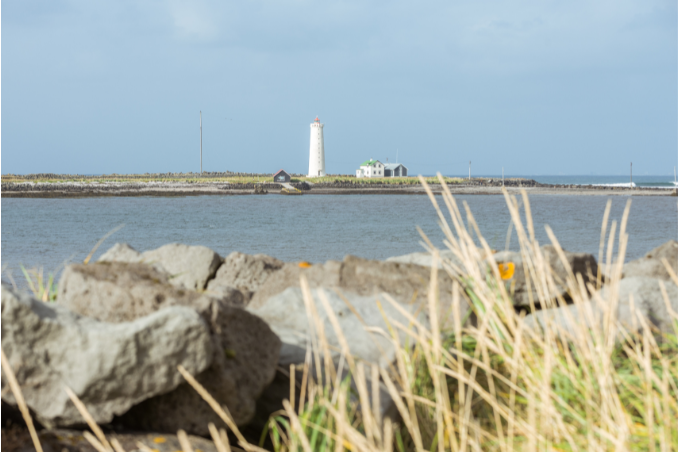
Elliðaárdalur
This vast public green space, is just a 15-minute bus ride from central Reykjavík. It´s a hot spot for various outdoor activities like jogging, biking, walking, horseback riding, and even fishing. This valley boasts one of Iceland's finest salmon-fishing rivers, albeit restricted to members of Reykjavík's Fly-fishing Club who secure permits through an annual lottery. Visitors are welcome to stroll along the riverbanks, where they might catch a glimpse of skilled anglers in action. Elliðaárdalur is home to a unique population of wild rabbits, originally introduced to Iceland for farming or as pets. Despite the harsh Icelandic winters, these furry creatures have managed to thrive in this habitat. Notably, the old power station situated in the heart of the valley contributes to Reykjavík's renewable energy efforts. As you continue your walk, you'll come across the Árbæjarlaug swimming pool, offering a refreshing break in the midst of nature. Additionally, nestled within the valley is the Árbær Open Air Museum, providing visitors with a glimpse into Iceland's rich cultural heritage.
